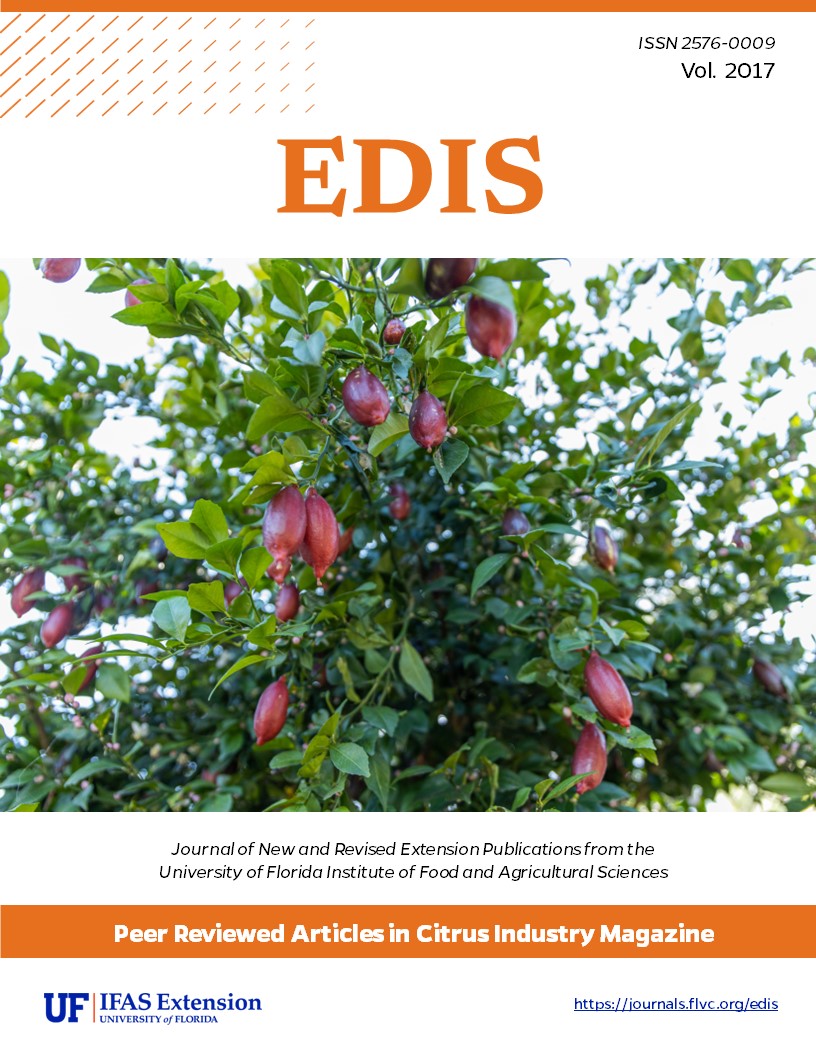Abstract
Citrus has historically played an important role in the Spanish culture, which is evident from the ornamental rows of bitter orange (similar to sour orange) trees growing along the streets of the cities we visited, or even within the buildings’ courtyards. Several cities boast over 40,000 citrus trees in the urban landscape. In some cases, the fruit from these trees is sold by the cities to organizations that make jellies and marmalades. In Spain, most oranges are consumed fresh. While we traveled around the country, it was interesting to see freshly squeezed juice made on demand by the glass in bars and restaurants, and by the bottle in supermarkets (Figure 1). Each establishment had a machine with oranges on top waiting to be squeezed at the push of a button. The consumer cannot get a fresher glass of juice.
References
no references cited

